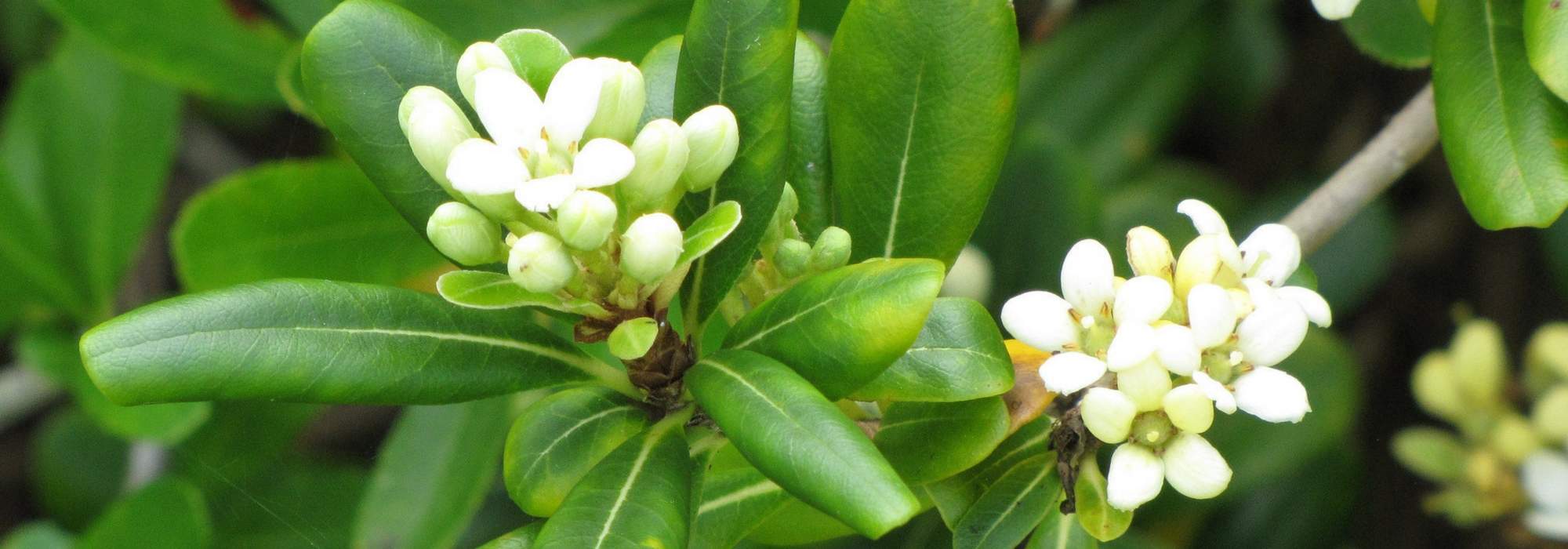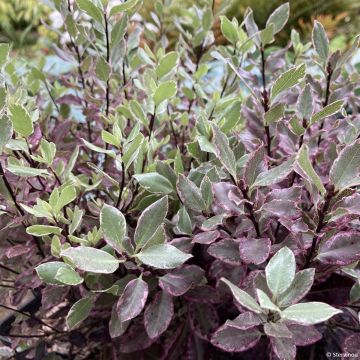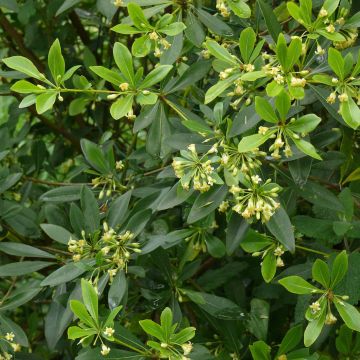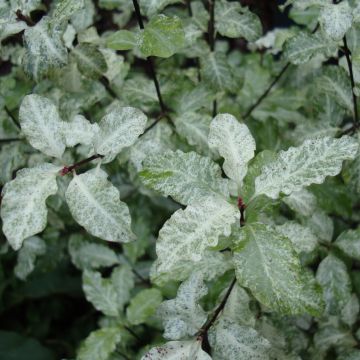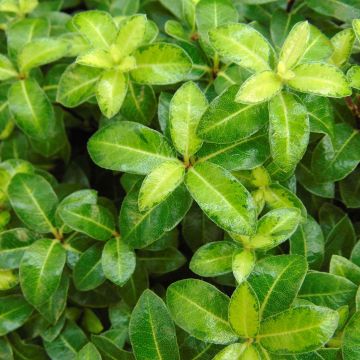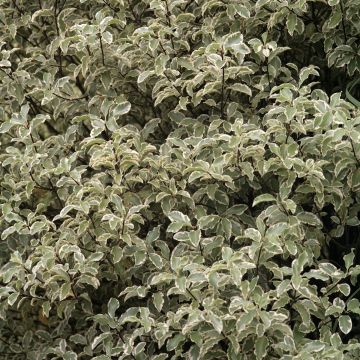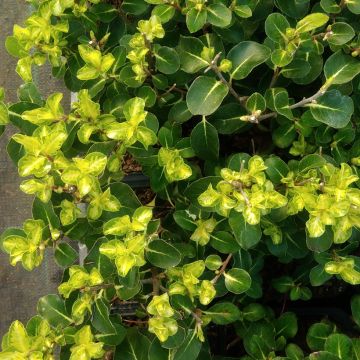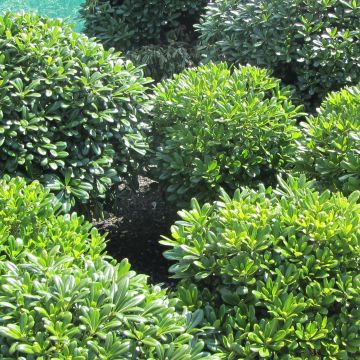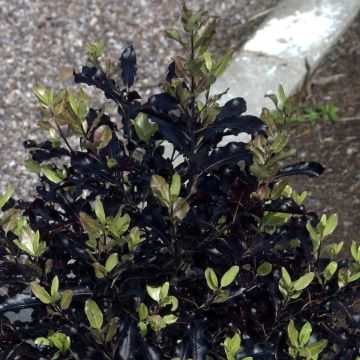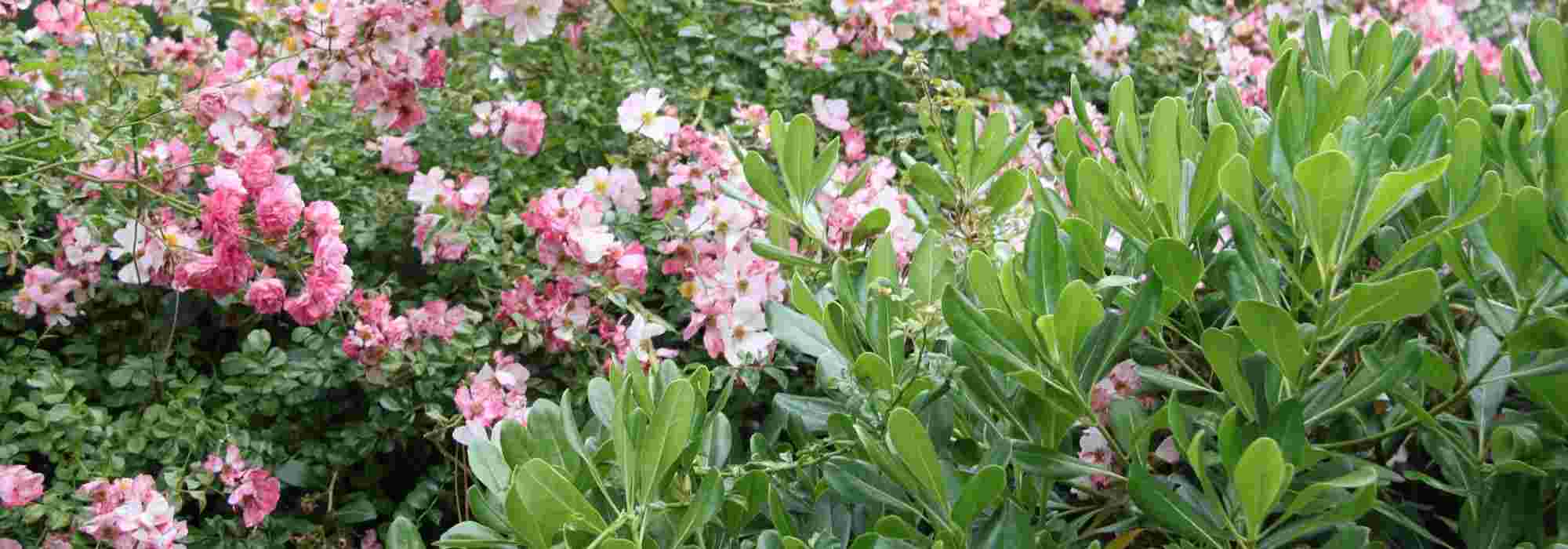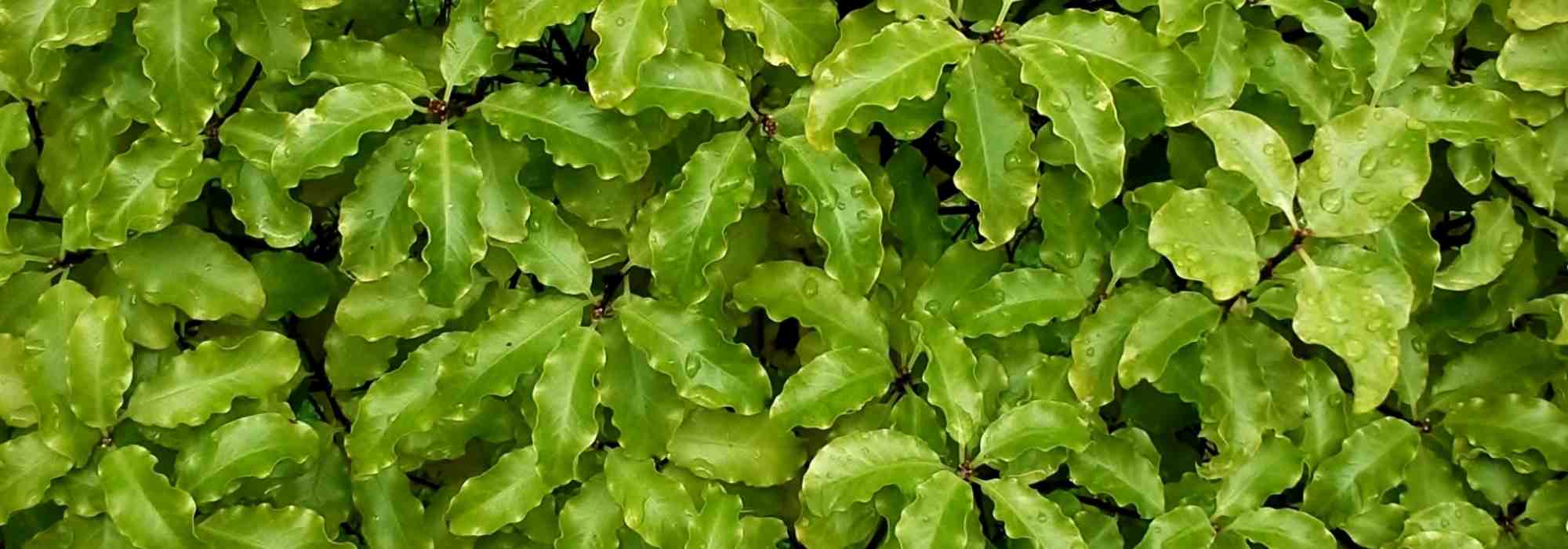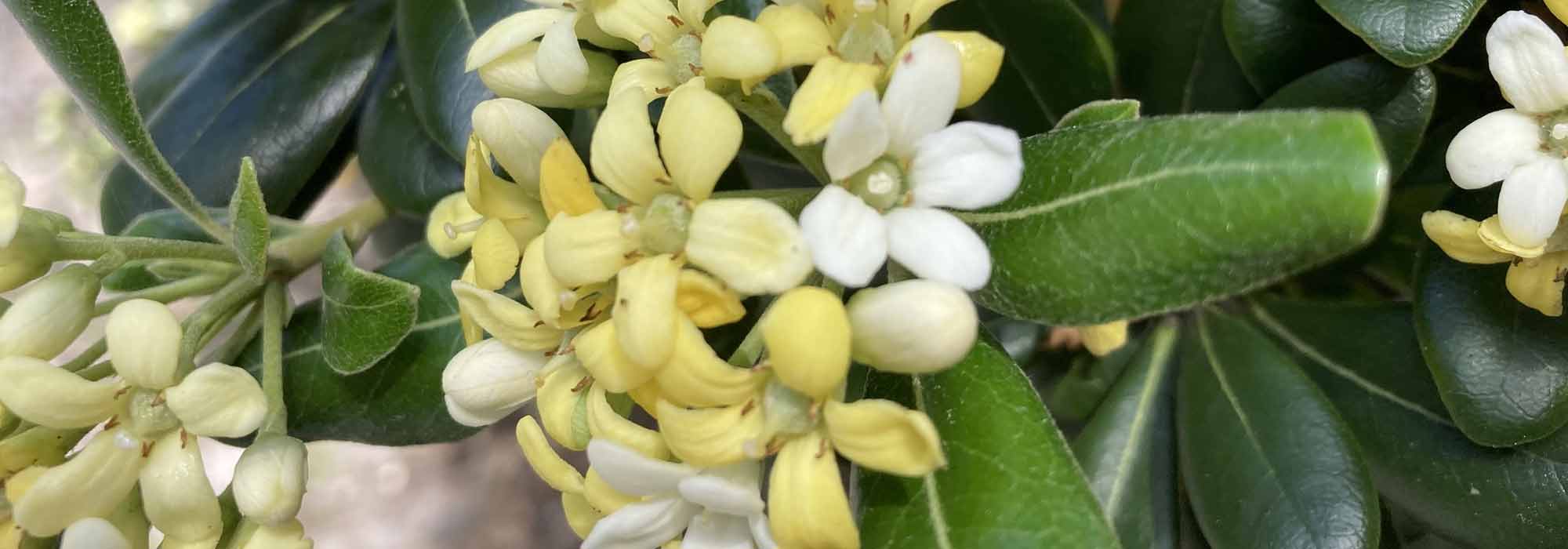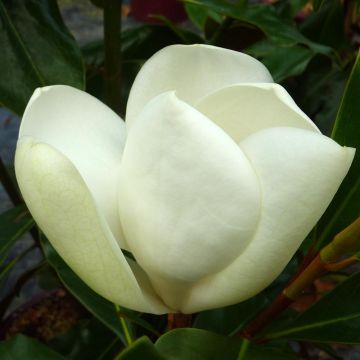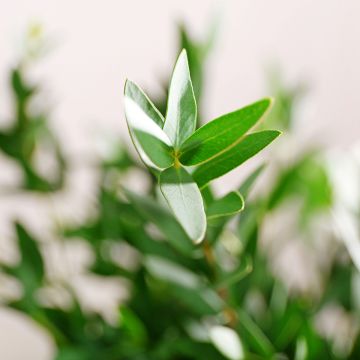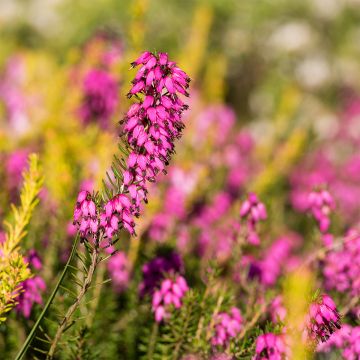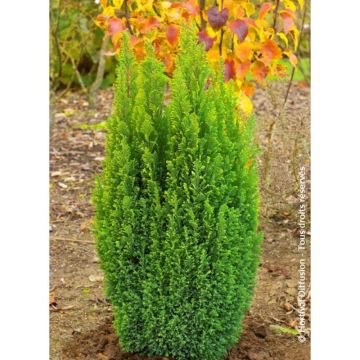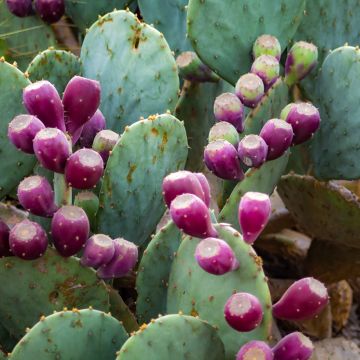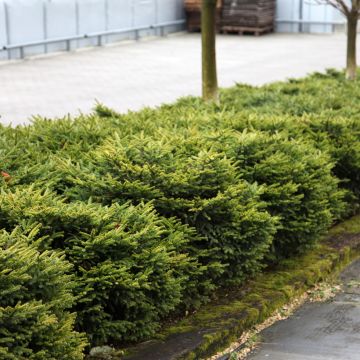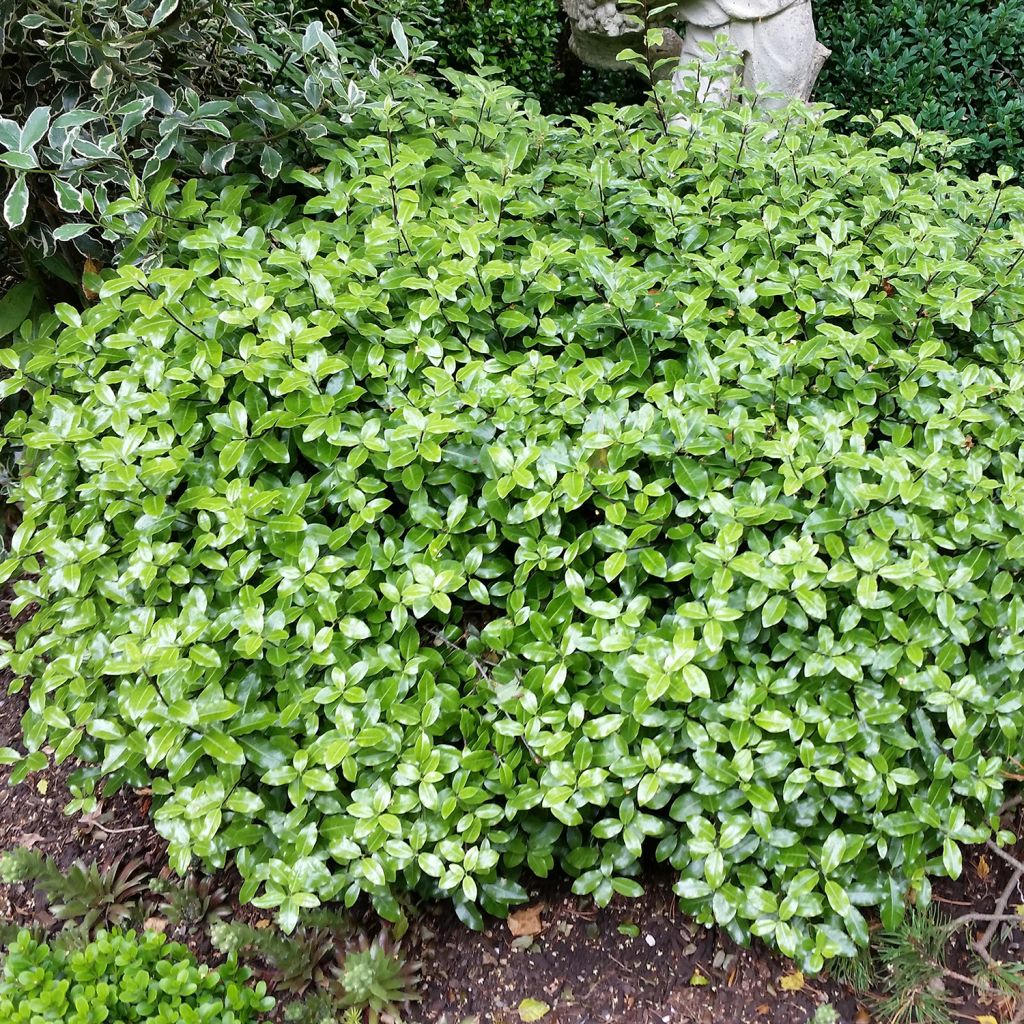

Pittosporum tenuifolium Golf Ball - Kohuhu
Pittosporum tenuifolium Golf Ball - Kohuhu
Pittosporum tenuifolium Golf ball
Tawhiwhi, Kohuhu, Black Matipo, New Zealand Pittosporum
As soon as they are received and planted, there are two young plants with careful packaging.
Micheline, 19/09/2023
Special offer!
Receive a €20 voucher for any order over €90 (excluding delivery costs, credit notes, and plastic-free options)!
1- Add your favorite plants to your cart.
2- Once you have reached €90, confirm your order (you can even choose the delivery date!).
3- As soon as your order is shipped, you will receive an email containing your voucher code, valid for 3 months (90 days).
Your voucher is unique and can only be used once, for any order with a minimum value of €20, excluding delivery costs.
Can be combined with other current offers, non-divisible and non-refundable.
Home or relay delivery (depending on size and destination)
Schedule delivery date,
and select date in basket
This plant carries a 24 months recovery warranty
More information
We guarantee the quality of our plants for a full growing cycle, and will replace at our expense any plant that fails to recover under normal climatic and planting conditions.

Would this plant suit my garden?
Set up your Plantfit profile →
Description
Pittosporum tenuifolium 'Golf Ball' is a recent variety of Pittosporum with small leaves, which strongly resembles boxwood in appearance. Its small size and particularly compact and rounded habit make it perfectly suited for ornamenting terraces and small gardens. This evergreen shrub has tough and glossy olive-green foliage, which is attractive all year round. During summer nights, its small dark red flowers emit a sweet honey scent. This plant is hardy down to -10°C (14 °F) and tolerates pruning well. It thrives in sunny locations with well-drained soil, even if it's dry in summer. In mild climates, it can be used in rock gardens or in a dry garden, or it can be grown in a large pot and stored in a cold climate.
This shrub belongs to the Pittosporum family and is native to dry regions east of the Alps in New Zealand. It has a fairly rapid growth rate and forms a dense and stout bush measuring 50 to 80cm (19.7 - 31.5in) in all directions, sometimes up to 1m (3 in 4ft). Its highly branched stems bear evergreen leaves that are olive-green, alternate, entire, ovate, thick, very glossy, and leathery, with smooth edges. The leaves are small, not exceeding 3 to 3.5cm (1.2 - 1.4in) in length and 1.5cm (0.6in) in width. The flowering occurs in late spring or early summer. The small cup-shaped flowers, almost black in colour and less than 1cm (0.4in) in diameter, emit a fragrance that is particularly noticeable at night. They are followed by the formation of a few round fruits that start off green and then become almost black when ripe. After a somewhat harsh winter that may destroy all or part of the vegetation, the plant can regenerate from the stump or the base of the branches, depending on the severity of the pruning.
Hardy down to -7°C/-10°C (14 °F), Pittosporum 'Golf Ball' prefers a dry, not too chalky, well-drained soil, and a warm, sunny location protected from prevailing winds. In mild climates, it can be planted in rock gardens or as a border plant alongside Cistus, Armeria maritima, or creeping thyme. In colder regions, it can be grown in a container on a terrace to enjoy its delicate scent and rounded charm. This variety, like boxwood, can also be used to create a neat hedge or be shaped into topiary, but it has the advantage of being disease-free, unlike the latter, which is decimated in certain regions. Pair it with perennial geraniums, lavender, rosemary, Grevilleas, Escallonias, or combine it with the silvery foliage of Artemisias.
Pittosporum tenuifolium Golf Ball - Kohuhu in pictures
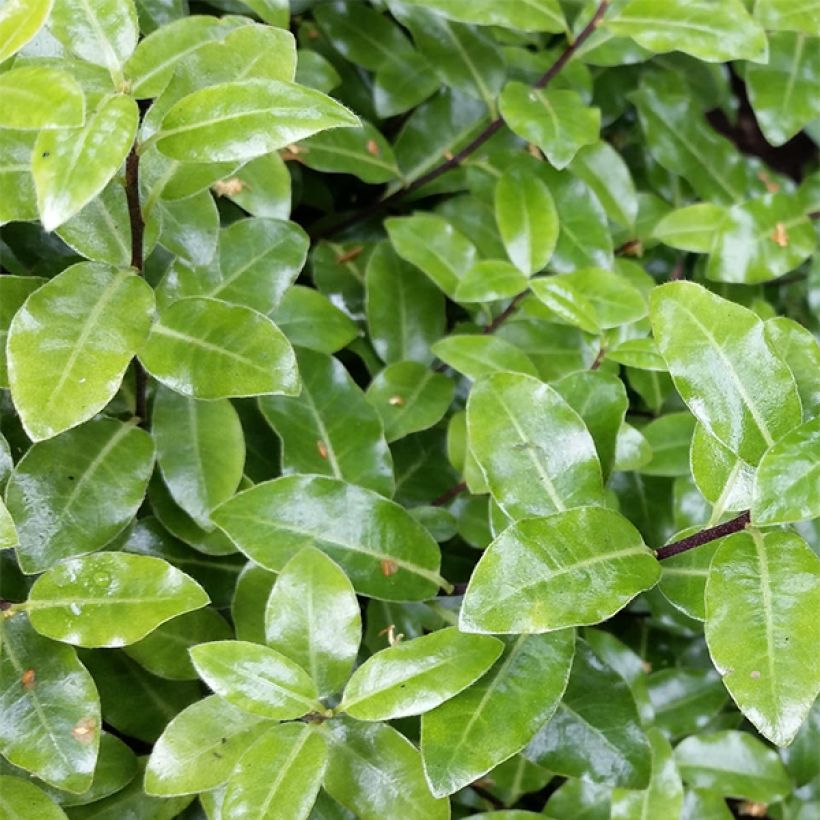

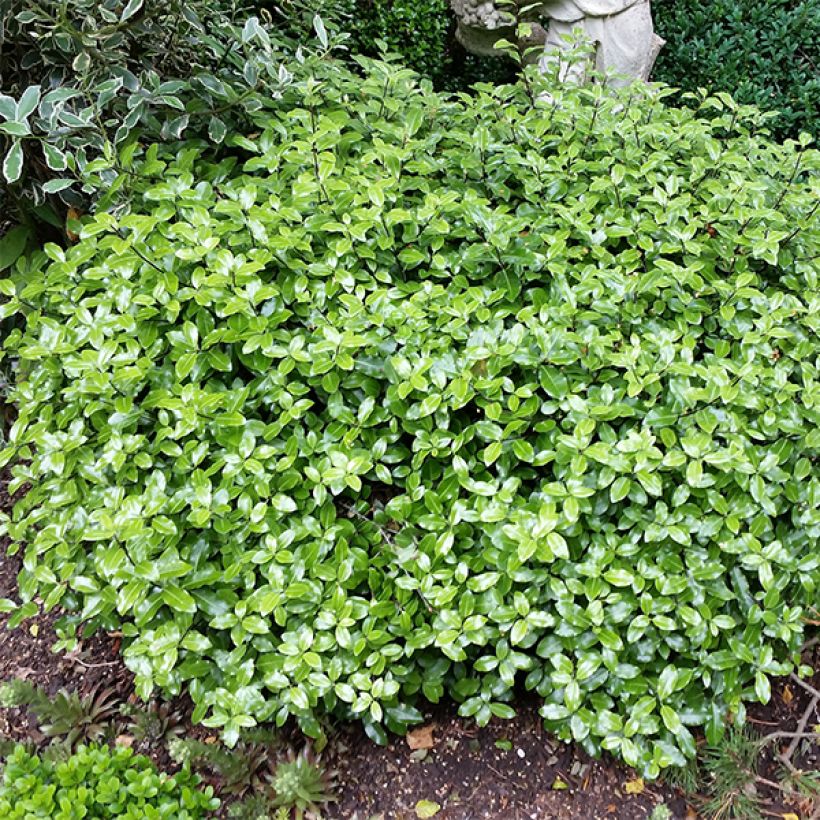

Plant habit
Flowering
Foliage
Botanical data
Pittosporum
tenuifolium
Golf ball
Pittosporaceae
Tawhiwhi, Kohuhu, Black Matipo, New Zealand Pittosporum
Cultivar or hybrid
Other Pittosporum
View all →Planting and care
Pittosporum 'Golf Ball' is preferably planted in spring in a fertile, dry and well-drained soil. When planting, mix leaf compost and coarse sand with your garden soil up to 50%. Water your subject generously once or twice a week to promote recovery. Not very hardy (-7°C/-10°C), choose a warm location, in full sun and sheltered from prevailing winds. Immediately mulch the base. Install it along a south-facing wall in regions with harsh winters. in cold climates, cover it with winter protection or shelter it in a frost-free veranda for the winter season. To help it branch out during the first years of planting, pinch the young shoots. For mature subjects, trim the branches that appear untidy on the clump at the end of the season. It is entirely possible to shape it into a ball or a hedge. In case of a somewhat severe winter (prolonged cold, snow), prune severely, the plant will regenerate and the 'ball' will reform. In the most serious cases, prune it to ground level, as it is likely to regenerate from the stump.
Planting period
Intended location
Care
Planting & care advice
-
, onOrder confirmed
Reply from on Promesse de fleurs
Similar products
Haven't found what you were looking for?
Hardiness is the lowest winter temperature a plant can endure without suffering serious damage or even dying. However, hardiness is affected by location (a sheltered area, such as a patio), protection (winter cover) and soil type (hardiness is improved by well-drained soil).

Photo Sharing Terms & Conditions
In order to encourage gardeners to interact and share their experiences, Promesse de fleurs offers various media enabling content to be uploaded onto its Site - in particular via the ‘Photo sharing’ module.
The User agrees to refrain from:
- Posting any content that is illegal, prejudicial, insulting, racist, inciteful to hatred, revisionist, contrary to public decency, that infringes on privacy or on the privacy rights of third parties, in particular the publicity rights of persons and goods, intellectual property rights, or the right to privacy.
- Submitting content on behalf of a third party;
- Impersonate the identity of a third party and/or publish any personal information about a third party;
In general, the User undertakes to refrain from any unethical behaviour.
All Content (in particular text, comments, files, images, photos, videos, creative works, etc.), which may be subject to property or intellectual property rights, image or other private rights, shall remain the property of the User, subject to the limited rights granted by the terms of the licence granted by Promesse de fleurs as stated below. Users are at liberty to publish or not to publish such Content on the Site, notably via the ‘Photo Sharing’ facility, and accept that this Content shall be made public and freely accessible, notably on the Internet.
Users further acknowledge, undertake to have ,and guarantee that they hold all necessary rights and permissions to publish such material on the Site, in particular with regard to the legislation in force pertaining to any privacy, property, intellectual property, image, or contractual rights, or rights of any other nature. By publishing such Content on the Site, Users acknowledge accepting full liability as publishers of the Content within the meaning of the law, and grant Promesse de fleurs, free of charge, an inclusive, worldwide licence for the said Content for the entire duration of its publication, including all reproduction, representation, up/downloading, displaying, performing, transmission, and storage rights.
Users also grant permission for their name to be linked to the Content and accept that this link may not always be made available.
By engaging in posting material, Users consent to their Content becoming automatically accessible on the Internet, in particular on other sites and/or blogs and/or web pages of the Promesse de fleurs site, including in particular social pages and the Promesse de fleurs catalogue.
Users may secure the removal of entrusted content free of charge by issuing a simple request via our contact form.
The flowering period indicated on our website applies to countries and regions located in USDA zone 8 (France, the United Kingdom, Ireland, the Netherlands, etc.)
It will vary according to where you live:
- In zones 9 to 10 (Italy, Spain, Greece, etc.), flowering will occur about 2 to 4 weeks earlier.
- In zones 6 to 7 (Germany, Poland, Slovenia, and lower mountainous regions), flowering will be delayed by 2 to 3 weeks.
- In zone 5 (Central Europe, Scandinavia), blooming will be delayed by 3 to 5 weeks.
In temperate climates, pruning of spring-flowering shrubs (forsythia, spireas, etc.) should be done just after flowering.
Pruning of summer-flowering shrubs (Indian Lilac, Perovskia, etc.) can be done in winter or spring.
In cold regions as well as with frost-sensitive plants, avoid pruning too early when severe frosts may still occur.
The planting period indicated on our website applies to countries and regions located in USDA zone 8 (France, United Kingdom, Ireland, Netherlands).
It will vary according to where you live:
- In Mediterranean zones (Marseille, Madrid, Milan, etc.), autumn and winter are the best planting periods.
- In continental zones (Strasbourg, Munich, Vienna, etc.), delay planting by 2 to 3 weeks in spring and bring it forward by 2 to 4 weeks in autumn.
- In mountainous regions (the Alps, Pyrenees, Carpathians, etc.), it is best to plant in late spring (May-June) or late summer (August-September).
The harvesting period indicated on our website applies to countries and regions in USDA zone 8 (France, England, Ireland, the Netherlands).
In colder areas (Scandinavia, Poland, Austria...) fruit and vegetable harvests are likely to be delayed by 3-4 weeks.
In warmer areas (Italy, Spain, Greece, etc.), harvesting will probably take place earlier, depending on weather conditions.
The sowing periods indicated on our website apply to countries and regions within USDA Zone 8 (France, UK, Ireland, Netherlands).
In colder areas (Scandinavia, Poland, Austria...), delay any outdoor sowing by 3-4 weeks, or sow under glass.
In warmer climes (Italy, Spain, Greece, etc.), bring outdoor sowing forward by a few weeks.






























